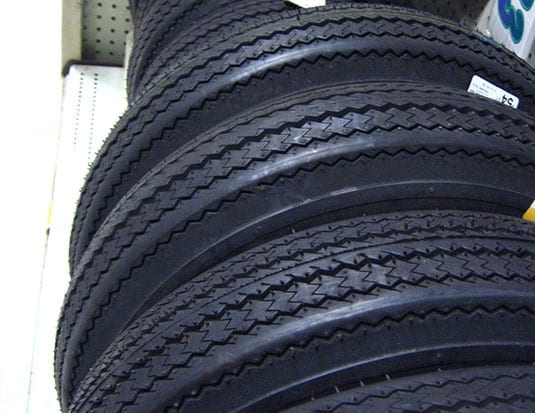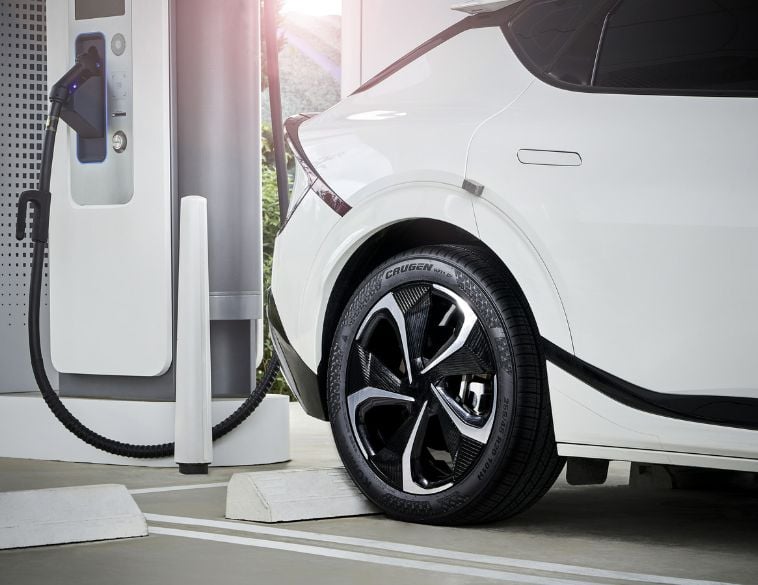From “suspect” to “loyal customer.” Here’s how you can successfully take your customers through the sales process.
Selling is really about commitment, with small commitments made through the sales cycle process by both the customer and salesperson. That’s the theory behind Dennis McCarron’s selling philosophy, one he recently outlined in a webinar. “You have to understand customer commitment and their buying signals,” says the executive director of Dealer Strategic Planning (DSP 20 Group). “A good salesperson will recognize these cues.” Many customers entering a store for the first time will be in what McCarron calls “suspect” mode. “Suspicion is driven by the unknown and unpredictable,” says McCarron. A suspicious customer will be very quiet, avoid eye contact, and walk slowly. “The best thing you can do with them is to be direct. Greet them, introduce yourself, welcome them to the location.”
Many customers entering a store for the first time will be in what McCarron calls “suspect” mode. “Suspicion is driven by the unknown and unpredictable,” says McCarron. A suspicious customer will be very quiet, avoid eye contact, and walk slowly. “The best thing you can do with them is to be direct. Greet them, introduce yourself, welcome them to the location.”
Establish needs
Customers will then move into the second phase of prospect. “The key indicator is when a customer relaxes a little, and they start to talk,” says McCarron. “Once they start talking, the salesperson needs to move from qualifying to establishing needs and specifications. The salesperson needs to get information and the customer needs to reveal it. This is where you can gain trust.” He cautions that at this point, the customer doesn’t want to be sold. He or she wants help. “The best way to handle a customer in prospect mode is to ask lots of questions,” says McCarron. “The person in a conversation who is asking questions is in control. It’s good to build a bank of questions that you can ask.”
A prospect likely wants to make a decision soon and build a relationship. “There’s evidence that an online customer is looking to make a tire purchase within 24 hours,” says McCarron. “If they contact several companies, the first or second company to respond wins their business, even if they’re not the least expensive. Today’s customer is about convenience.”
When a customer reaches the potential buyer mode, they want to see solutions. “Solutions are not selling,” stresses McCarron. “You have to offer consumers options that have pros and cons to solve their issues.” Potential buyers are prospects that move from answering questions to asking questions. “The power of the conversation should shift from the salesperson to the customer,” notes McCarron. “It’s a critical indicator, when the salesperson hands off control of the conversation to the customer.” Keys in hand
Keys in hand
In the buyer phase, the customer will provide many signals—mainly, that they stop asking questions, because they’re ready to buy. A small but significant signal is that their keys are in their hands, because they’re ready to put their vehicle in your shop. “In the buyer phase, the customer will start talking about situations after the purchase, such as inquiring when they can pick up their car,” says McCarron. “At that point, the salesperson should ask for the sale.”
Converting a customer to a loyal account is one of the most important aspects of sales. “Loyal customers make up 80 percent of your sales and 20 percent of your database,” quotes McCarron. “But you need to get through the sales cycle without it turning hostile. The salesperson has to mentally be in the same space as the customer. “The smoother the process goes, the more trust is built. Loyal customers are not a fluke—they are crafted.”



